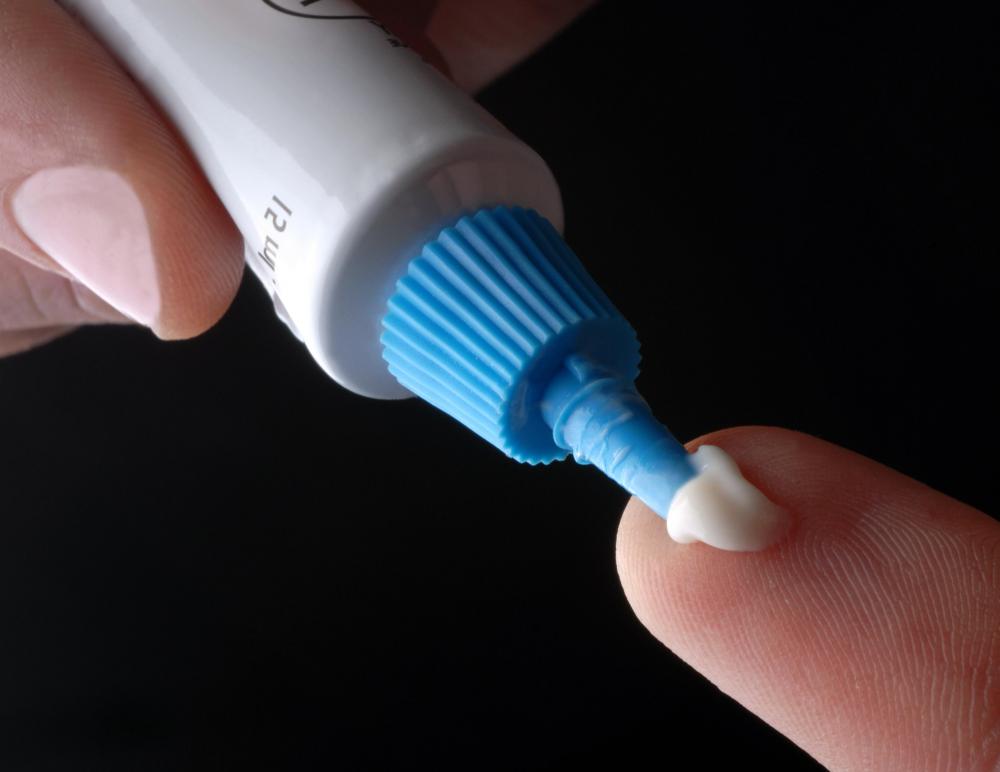At TheHealthBoard, we're committed to delivering accurate, trustworthy information. Our expert-authored content is rigorously fact-checked and sourced from credible authorities. Discover how we uphold the highest standards in providing you with reliable knowledge.
What is a Stroboscopy?
A stroboscopy is a valuable diagnostic test that can be used to detect problems with the voice box. A trained otolaryngologist or speech-language pathologist can administer the painless test in less than half an hour in an outpatient setting. The stroboscopy test involves running a long, flexible tube down the throat that emits quick, bright pulses of light. The strobe light's frequency is adjusted to match the frequency of vocal cord vibrations, allowing the doctor to see a clear video image of vocal cord activity. The procedure may detect such problems as cysts, tumors, especially tight or loose cords, and other abnormalities that would be difficult to recognize with less sophisticated types of tests.
The stroboscopy procedure makes use of a well-known phenomenon of light and human vision to reproduce very fast, subtle movements in a type of slow-motion video. The strobe frequency is set close to the normal frequency of vocal cords when producing a certain tone. As a patient vocalizes, the strobe illuminates the chords tightening, relaxing, rising, and falling. The video feed that is produced shows the average movement of the cords over a given time interval, which doctors use to determine abnormalities in the motion or structure of the cords.

A person who has chronic throat pain, wheezing, and difficulties speaking may be a candidate for a stroboscopy if other diagnostic tests fail to uncover an underlying cause. During an initial evaluation, the doctor can explain the procedure in detail and make sure the patient is comfortable with it. The stroboscopy test is minimally-invasive, very low risk, and does not cause pain or discomfort for most individuals.

At the beginning of the procedure, the patient is seated in a comfortable chair with his or her head tilted backward. A topical anesthetic is applied to the back of the tongue and throat to prevent pain and gagging. The stroboscope is carefully fed through the mouth and down the larynx to the site of the vocal cords. The strobe light is turned on, and the patient is instructed to hold a long "e" sound at his or her normal pitch. The strobe frequency is adjusted to match, and the doctor begins the recording process.

In most stroboscopy procedures, patients need to go through several rounds of testing while making "e" sounds at high, medium, and low pitches. Some voice box problems are not easily distinguishable at certain pitches, so changing the pitch and testing several times may uncover a subtle abnormality. Once the test is complete, the doctor and patient can immediately review the video to evaluate findings. Based on results from the stroboscopy, decisions can be made about the need for surgical treatment, medications, or further tests.
AS FEATURED ON:
AS FEATURED ON:
















Discuss this Article
Post your comments